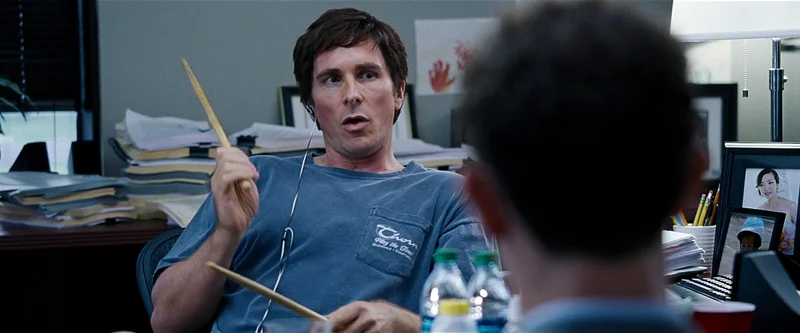XLM Insight | Stellar Lumens News, Price Trends & Guides
XLM Insight | Stellar Lumens News, Price Trends & Guides
Michael Burry, the man who famously foresaw the 2008 financial crisis, is making headlines again, this time with a significant bet against AI darlings Nvidia and Palantir. News outlets are ablaze with reports of his bearish positions, framing it as a stark warning against the AI hype. But is it really that simple? Is Burry's skepticism a sign of impending doom, or could it be a crucial counterpoint to the runaway optimism surrounding artificial intelligence? When I first saw the news, I thought, "Here we go again," but then my mind started racing.
Burry's recent activity on X, formerly Twitter, adds fuel to the fire. Referencing the movie "WarGames," he suggests that sometimes "the only winning move is not to play," implying that the AI boom is a dangerous game best avoided altogether. He even updated his profile to "Cassandra Unchained," a nod to the Greek priestess doomed to be right but never believed. It all paints a picture of an investor deeply concerned about a market bubble. And yes, those charts he posted comparing current AI spending to the dot-com bubble are concerning. 'Big Short' Michael Burry Is Back With a Bubble Warning After 2 Years
But let's not jump to conclusions. Burry's contrarian stance, while unsettling to some, might be exactly what we need right now. Think about it: every technological revolution has been met with skepticism, even outright fear. When the printing press was invented, people worried it would spread heresy and undermine social order. When the automobile came along, critics predicted it would lead to moral decay and the end of civilized society. Each time, those fears proved to be overblown, yet they served a purpose: they forced us to consider the potential downsides and to develop safeguards.
Burry's bet against Nvidia and Palantir could be seen as a similar kind of safeguard. He's not necessarily saying that AI is worthless or that these companies are doomed to fail. Instead, he might be signaling that the current valuations are unsustainable, that the market is getting ahead of itself, and that a correction is inevitable. It's like a pressure release valve on a system threatening to explode. Is his assessment correct? Only time will tell, but it's a conversation we need to be having.

And what about Palantir and Nvidia themselves? Are they really just overhyped stocks, or are they building something truly transformative? Palantir, with its data analytics platform, is helping organizations make sense of complex information, from fighting terrorism to optimizing supply chains. Nvidia's GPUs are powering the AI revolution, enabling breakthroughs in everything from autonomous vehicles to medical imaging. These are not just companies; they're engines of innovation. Michael Burry’s Scion Asset Management Bets Against Nvidia and Palantir
The question isn't whether AI is overhyped; it's whether we can harness its power responsibly. Can we ensure that AI is used for good, to solve pressing global challenges, rather than to exacerbate existing inequalities? Can we create AI systems that are fair, transparent, and accountable? These are the questions that should be keeping us up at night, not just the fear of a market correction.
I saw a comment on Reddit the other day that really stuck with me: "Burry is a canary in the coal mine. He's not saying the mine will collapse, just that we should check the air quality." That's a brilliant analogy. He's a wake-up call.
Ultimately, Michael Burry's skepticism shouldn't be viewed as a condemnation of AI, but as a call to action. He's reminding us that progress isn't a straight line, that innovation comes with risks, and that we need to be vigilant in ensuring that technology serves humanity, not the other way around. It's a reminder that the future is not something that happens to us; it's something we create. And by acknowledging the potential pitfalls, we can build a future that is both innovative and equitable. What are the ethical guardrails we need to put in place now to ensure a positive future? What would that future look like?